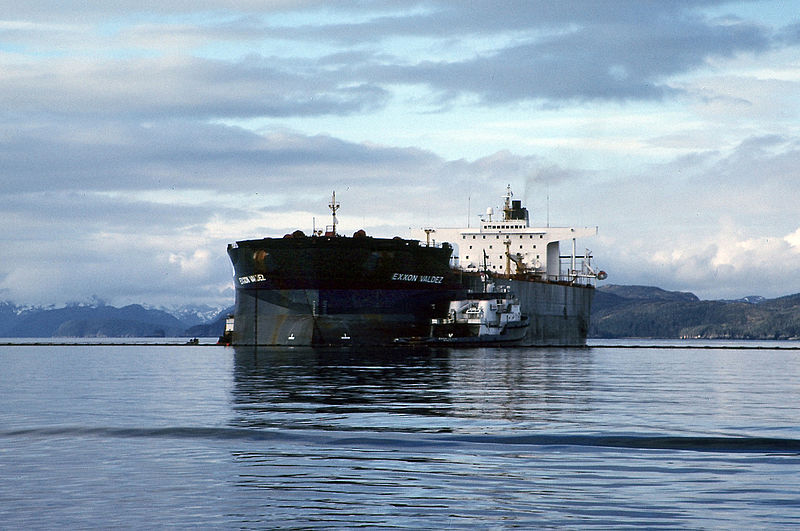
March 25, 2019 – New York, NY – Sunday marked 30 years since the Exxon Shipping Company oil spill incident occurred in the town of Valdez, Alaska during the morning hours of March 24th, 1989. The 301-meter-long tanker emitted roughly 10.8-31.7 million gallons of crude oil into the Prince William Sound.
As reported by CBS News, during its time, it was the largest oil spill ever recorded; now it lists as the 54th largest spill in history.
“You don’t want to smell it too much because it’s real volatile still,” said Bruce Wright, head of the task force who spoke with 60 Minutes correspondent, told Ed Bradley ten years following the incident, “This whole expanse of beach is covered with this stuff.”
A civil suit against Exxon and Captain Joseph Hazelwood—skipper when the tanker ran aground—in 1994 where the jury found both parties had acted recklessly, causing the incident.
Exxon had been ordered to pay $5 billion in punitive damages to those affected by the oil spill, to which Exxon never paid, yet in 2008, the Supreme Court reduced the damages to $500 million.
The ecological impact on the surrounding wildlife is still not completely accounted for, with as many as 100,000+ animals with 250,000 seabirds perishing from this incident. In this count, 2,800 sea otters, 12 river otters, 300 harbor seals, 250 bald eagles, and 22 orcas all fell victim to this environmental impact.
Wildlife issues are still present, as a report from the National Oceanic and Atmospheric Administration mentioned in 2007 that 21,000 gallons (ca. 79 m³) of crude oil still pollutes the ecosystem within a 450-mile radius, where the spill is still killing animals within the sphere.
Contamination on the Prince William Sound doesn’t biodegrade as it does in the open ocean, leading to hundreds of species affected–loons, salmon, seals, ducks, herrings, pigeons, mussel and clam–without ever fully recovering.



